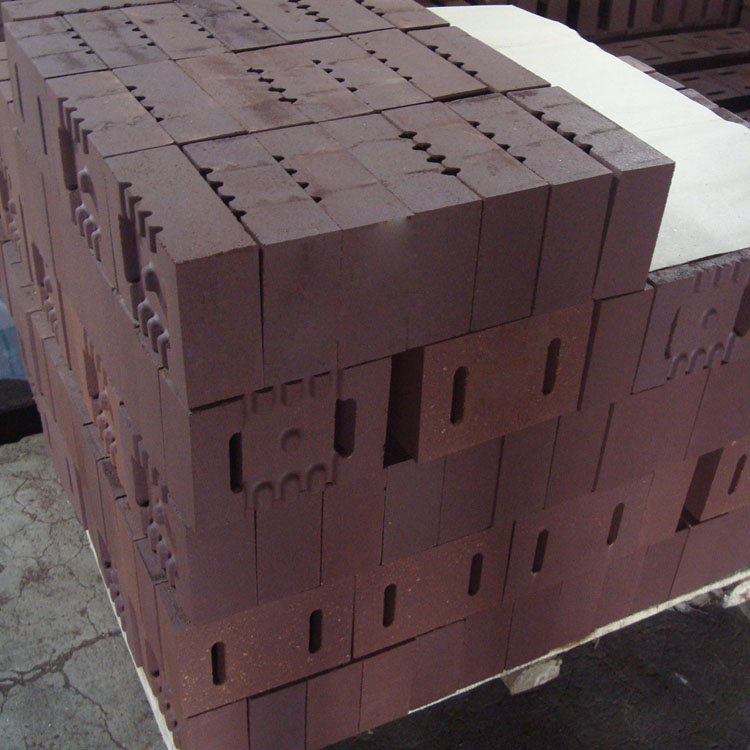
Traditional ladle insulation layers often face several issues. For instance, they are usually too thick, which not only takes up more space inside the ladle but also leads to a significant temperature drop during the steel - making process. In some cases, the temperature of the molten steel can drop by as much as 30 - 50°C more compared to an optimized insulation layer. This temperature drop affects the quality of the steel and increases energy consumption as more heat is needed to maintain the required temperature for continuous smelting.
The new Sunrise vermiculite ladle insulation boards offer remarkable thermal performance advantages. With a low thermal conductivity, they can effectively reduce heat transfer. These boards can withstand high temperatures up to 1200°C, ensuring stable performance during the steel - making process. In comparison, their thermal conductivity is 30 - 40% lower than that of traditional insulation materials, which means less heat is lost through the insulation layer.

When comparing different materials such as aluminum silicate fibers at high temperatures, there are significant differences in stability and structural strength. Vermiculite - based insulation boards maintain their structural integrity better under high - temperature conditions. Aluminum silicate fibers may experience shrinkage or deformation at temperatures above 1000°C, which can lead to gaps in the insulation layer and increased heat loss. In contrast, vermiculite insulation boards remain stable, providing continuous and reliable insulation.
During construction, there are several common difficulties. One of the main problems is poor adhesion. Sometimes, the insulation boards may not stick firmly to the ladle lining, which can lead to detachment during use. Another issue is size control. It is often difficult to ensure that the insulation boards fit precisely into the ladle. To solve the adhesion problem, a special high - temperature adhesive can be used, which has been tested to provide strong bonding even at high temperatures. For size control, advanced cutting and measuring techniques can be employed to ensure accurate dimensions.
To ensure the performance of the insulation layer, several practical detection methods are available. Infrared temperature measurement can be used to quickly identify areas with abnormal heat loss. By measuring the surface temperature of the ladle, areas with higher temperatures can indicate potential problems in the insulation layer. Heat flux density testing can accurately measure the amount of heat passing through the insulation layer, providing quantitative data for performance evaluation. Additionally, a life - assessment index can be established based on factors such as the number of uses and the degree of wear to predict the remaining service life of the insulation layer.
In a real - world steel mill application, after replacing the traditional insulation layer with Sunrise vermiculite ladle insulation boards, the energy consumption was reduced by 15 - 20%. The temperature of the ladle shell decreased by up to 50°C, and the continuous smelting capacity was significantly improved. The problem of insufficient baking and heat loss was effectively solved, which led to higher production efficiency and lower energy costs.
In conclusion, the upgrade of ladle insulation materials has a profound impact on the continuous production efficiency and energy costs of steel enterprises. By choosing the right insulation materials and following scientific construction and detection methods, steel enterprises can significantly improve their thermal management efficiency. If you are looking for a customized solution to optimize your ladle insulation layer and achieve energy - saving goals, don't hesitate to contact us. Remember, energy - saving is not just about reducing thickness; it's about precisely matching your working conditions.


